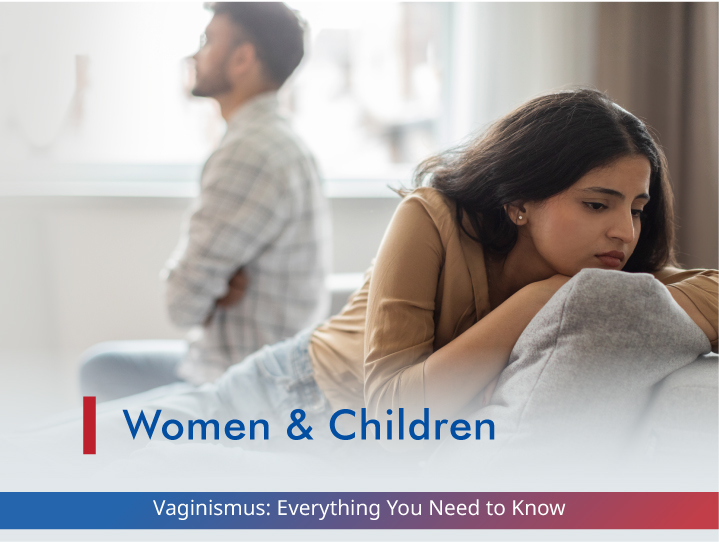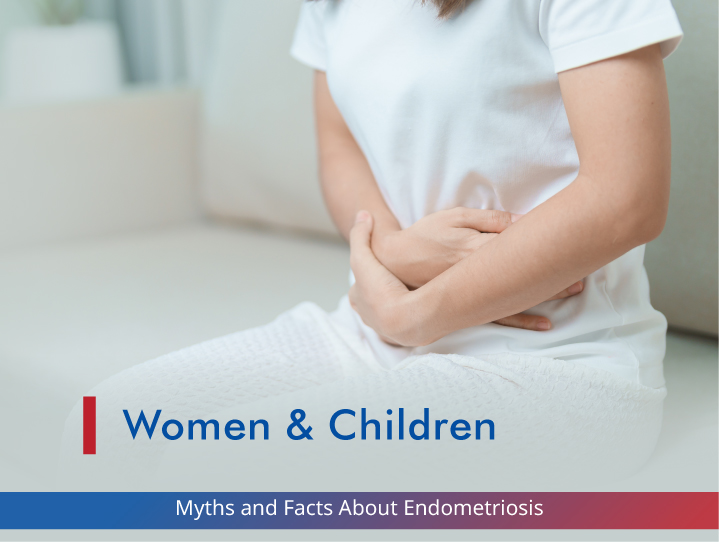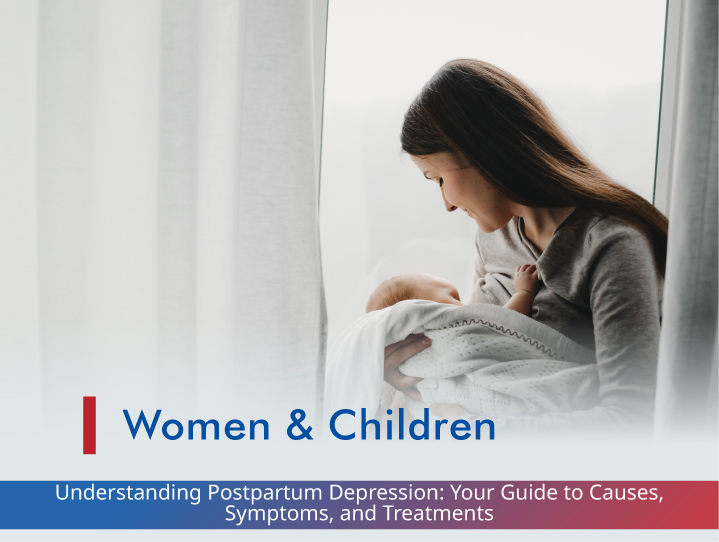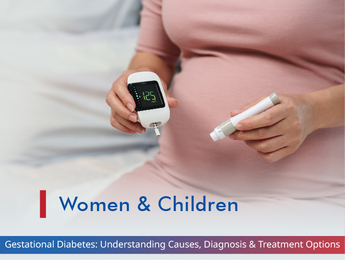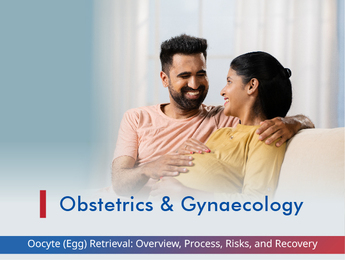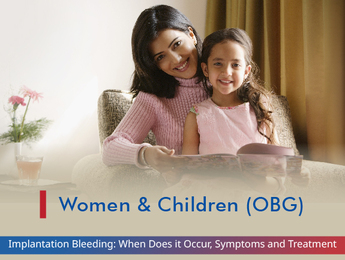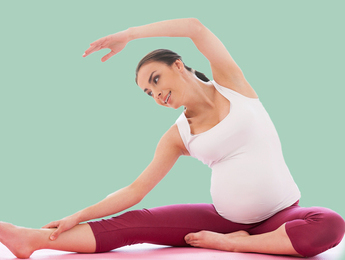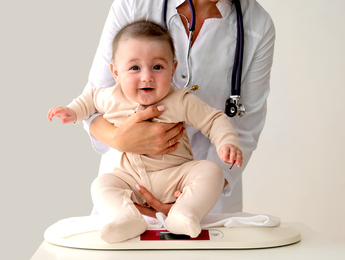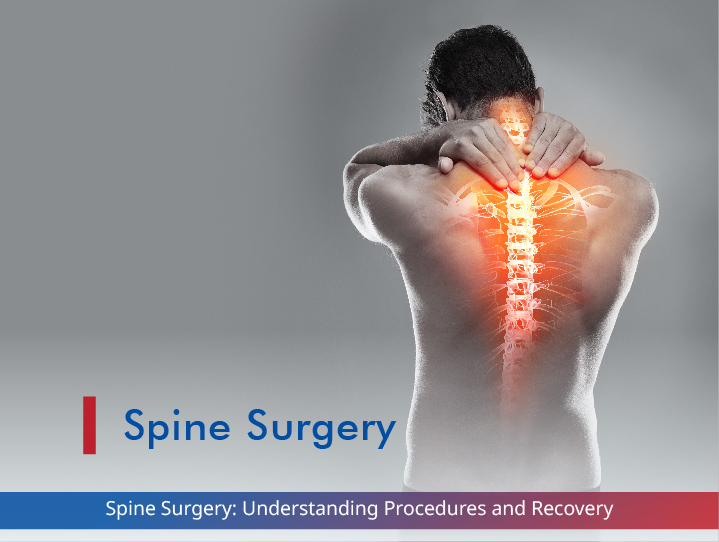Vaginismus is an often misunderstood condition that can significantly impact a woman’s physical and emotional well-being. This involuntary response not only transforms intimate experiences into challenging and painful encounters but also makes tampon use painful or impossible. In this blog, let’s explore the reasons, symptoms, and treatments of vaginismus, providing essential information for those affected.
What is Vaginismus?
Vaginismus manifests as an involuntary contraction of the vaginal muscles that occurs when penetration is attempted. This can happen during sexual intercourse, tampon insertion, or gynaecological examinations. The severity of muscle spasms can vary, ranging from mild discomfort to severe pain, often making penetration difficult or impossible.
Dyspareunia
It is the medical term for painful sexual intercourse. While it’s frequently confused with vaginismus, dyspareunia can stem from various physical causes that go beyond muscle tension. This condition can be caused by cysts silently growing within, pelvic inflammatory disease, or vaginal atrophy.
What are The Types of Vaginismus?
The following are two primary forms of vaginismus:
- Primary Vaginismus: This form is present from the onset of sexual activity. Women with primary vaginismus have experienced pain or difficulty with penetration from their first attempt.
- Secondary Vaginismus: This type develops later in life, often after a period of pain-free penetration. Various factors, including physical or emotional trauma, can trigger it.
What are the Symptoms of Vaginismus?
The early signs of vaginismus include pain during attempted penetration, but there are several other vaginismus symptoms, such as:
- Burning or stinging sensation during penetration attempts
- The sensation of a physical barrier or tightness in the vagina
- Intense fear or anxiety about penetration
- Difficulty or inability to insert tampons
- Pain during pelvic examinations
- Involuntary tensing of the thigh, abdominal, or buttock muscles
What Causes Vaginismus?
The vaginismus causes is multifaceted and can involve a combination of physical, psychological, and experiential factors:
- History of sexual trauma or abuse
- Anxiety or fear related to sexual activity
- Negative beliefs about sex, often stemming from strict cultural or religious upbringing
- Infections or hormonal imbalances
- Complications from childbirth or negative early sexual experiences
How to Treat Vaginismus
Vaginismus is a treatable condition, says Dr. Prathima Reddy. The following are several therapeutic approaches to treat vaginismus:
- Pelvic Floor Physical Therapy: Pelvic floor physical therapy is a specialised form of vaginismus treatment. It focuses on the muscles, ligaments, and connective tissues of the pelvic area. A trained physiotherapist works with the patient to identify areas of weakness or tension in the pelvic floor muscles. By combining exercises, manual therapy, and biofeedback techniques, patients learn to relax and control these muscles consciously.
- Vaginal Dilators: Vaginal dilators are cylindrical devices of gradually increasing sizes used to help women with vaginismus become more comfortable with vaginal penetration. The process, known as dilation therapy, involves inserting these devices into the vagina for short periods, typically starting with the smallest size and progressing to larger ones as comfort increases. This systematic desensitization helps the body learn that penetration can be safe and pain-free.
- Cognitive Behavioural Therapy (CBT): Cognitive Behavioural Therapy is a form of psychotherapy that addresses the mental and emotional aspects of vaginismus. The objective is to identify and change negative thought patterns and behaviours associated with penetration. A therapist helps the patient explore and challenge fears, anxieties, and misconceptions about sex and intimacy. CBT often includes education about sexual health, relaxation techniques, and coping strategies.
- Mindfulness and Relaxation Techniques: These techniques can help individuals become more attentive to their body’s responses and learn to relax tense muscles consciously. These include deep breathing exercises, progressive muscle relaxation, guided imagery, and meditation. For vaginismus patients, these practices can help reduce overall anxiety and teach them to recognise and release tension in the pelvic area.
- Topical Anaesthetics: In some cases of vaginismus, doctors may recommend the use of topical anaesthetics to help manage pain during penetration attempts. These are typically creams or gels containing numbing agents that are applied to the vaginal area before sexual activity or medical examinations. These anaesthetics can help break the pain-fear cycle associated with vaginismus by reducing sensation in the area.
Conclusion
Vaginismus is a medical condition and can have profound effects on a woman’s quality of life. While it can be a challenging experience, it is necessary to understand that effective treatments are available. With proper medical intervention and support, many women can overcome vaginismus and reclaim their sexual health and well-being.


